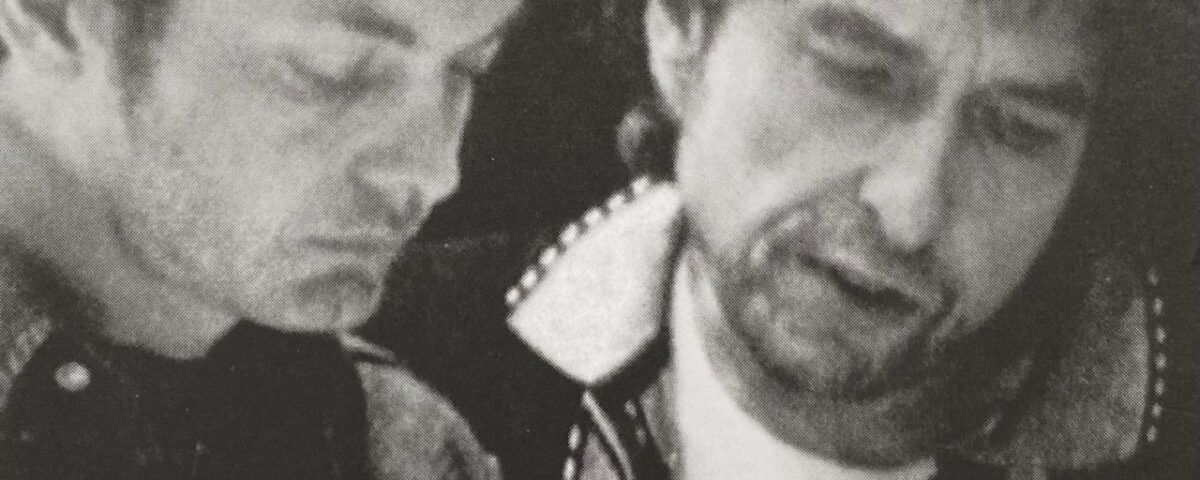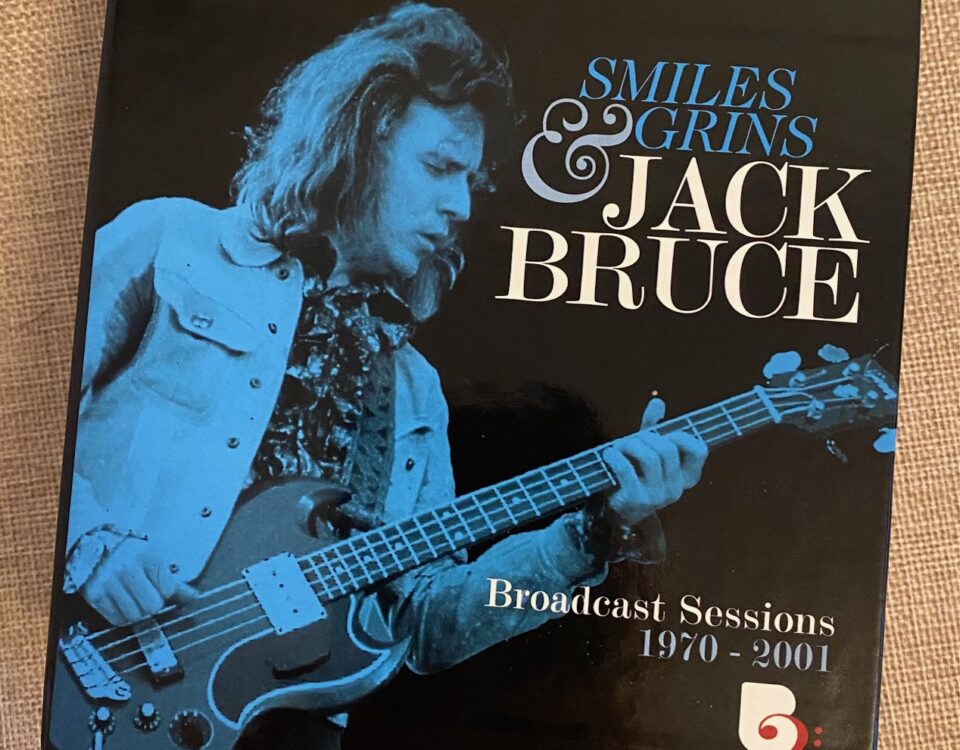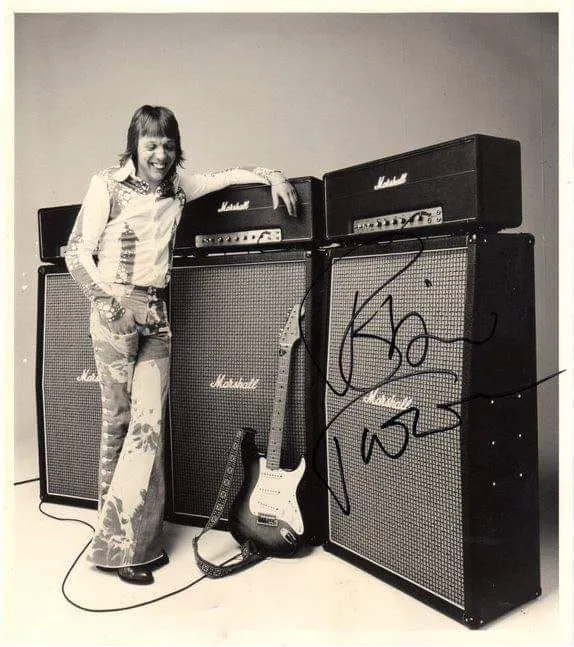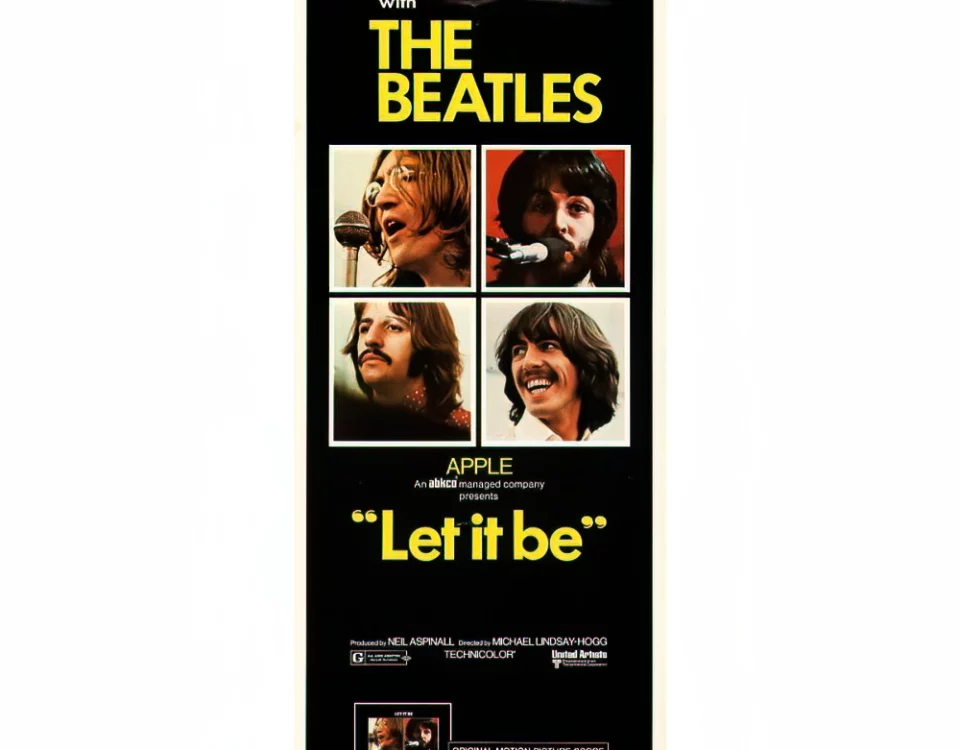Recording Anonymously
- Home
- From the Author
- Uncategorized
- Recording Anonymously

I started off this year’s journey through books about music and musicians with Listen Up! Recording Music by Mark Howard. Howard has been deeply involved with recording sessions ranging from U2 and Neil Young to Marianne Faithfull and Iggy Pop, both on his own as an engineer and producer and as right-hand-man to producer Daniel Lanois. He also likes motorcycles a lot.
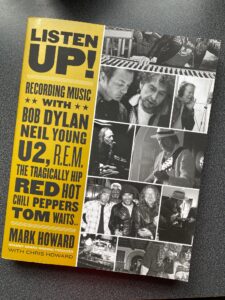
The cover of Mark Howard’s “Listen Up!” lists just a few of the high-profile musicians drawn by Howard’s skills in the studio.
I mention the motorcycles because that is about the only personal aspect of Mark Howard’s life that you will encounter within the pages of this book. In one chapter he mentions a wife, in another a girlfriend. Whether they overlap in the Howard timeline remains unknown. The book is dedicated to two daughters who do not turn up in its pages. Howard’s challenges with cancer pre-date the book’s 2019 publication but go unmentioned. The work begins with sessions for the Neville Brothers and then continues on from project to project, ending with Rickie Lee Jones. How Howard ended up in his unique profession, how he came to work with the well-known (and ill-tempered) Lanois, and all other personal aspects remain cloaked, Howard’s background covered in two pages of the book’s introduction. He certainly seems like a nice enough guy, and must be a good hang as well as highly professional for artists to seek him out, but he’s pretty much a stranger in his own book.
It also seems to me that Howard and Lanois could both have been far more productive with some roots planted. Numerous times throughout the book the recording equipment is all packed up – or new gear is purchased outright – and shipped to locales ranging from New Orleans to Mexico, installed and configured in buildings occasionally in dubious condition ranging from estates to theaters. The buildings are generally structures current owners are having a difficult time selling, so Howard rents them for a period of months for recording. The last step before Lanois turns up is usually having the motorcycles shipped to the latest installation. As Howard explains in his introduction, “…I find a cool space, create the atmosphere, load it with fantastic gear, and then focus on the art.” The studio setup in a run-down California neighborhood that became known as the Teatro studio – the title of a Willie Nelson album recorded at that site – comes closest to being a long-term location for Howard, but seemingly inevitably he’s soon enough packing up and moving on. Ongoing – and time-consuming – disruption and construction seems to be part of the workflow.
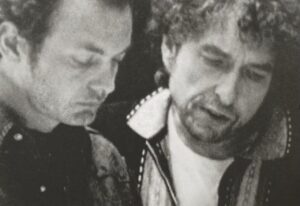
Mark Howard and Bob Dylan review notes during the sessions that resulted in Dylan’s brilliant “Time Out of Mind” album, seen in an image from the book cover of “Listen Up!”
Of all the sessions Howard details – and he does provide a good bit of insight about the equipment and techniques he used on various albums – the most interesting to me is Bob Dylan’s Time Out of Mind. Lanois was involved in this one as well, and you can gain insight into Dylan’s opinion of working with him in Bob’s Chronicles Volume One detailing the creation of the Oh Mercy album. Having read that, you might understandably be surprised Dylan would be willing to endure the Lanois experience again, but he did. And as a result, we all benefit from having Howard on hand to share his recollections.
Of course, there is no arguing with the creative result of the Dylan/Lanois alliance, as Time Out of Mind is certainly a stunning achievement on all creative levels. It’s great that one of the partners involved in the album’s creation can shed much light on that effort – even if in the end the man telling this tale and the others in Listen Up! ends up nearly as mysterious as the reclusive Dylan himself.
